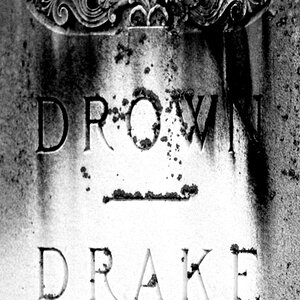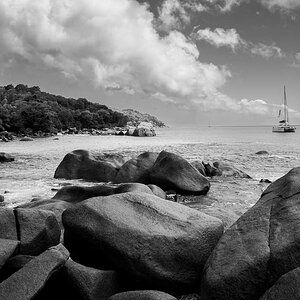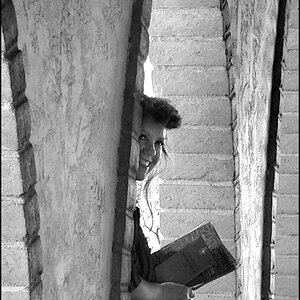jamiebonline
TPF Noob!
- Joined
- Aug 14, 2013
- Messages
- 122
- Reaction score
- 21
- Location
- Ireland
- Can others edit my Photos
- Photos OK to edit
Hi all,
I recently picked up a few vintage Minolta MD lenses and an adapter. A Kiwi adapter minolta md/mc to nex. The point is that the images I am getting are really not very sharp. Even though I have some of the best Rokkor lenses ever made. I suppose these old lenses can't compete to well with the most modern ones? I sold a Sigma 60 2.8 recently. It is know for being excellently sharp and when I compare it with these old lenses I can see a difference. However, the zoom I have is still sharper than a modern kit lens and with much more interesting and beautiful bokeh. The primes are small and easy to carry around and have a certain look to them which is unique I feel.
Any experience with theses? Any recommendations on which ones you like?
I recently picked up a few vintage Minolta MD lenses and an adapter. A Kiwi adapter minolta md/mc to nex. The point is that the images I am getting are really not very sharp. Even though I have some of the best Rokkor lenses ever made. I suppose these old lenses can't compete to well with the most modern ones? I sold a Sigma 60 2.8 recently. It is know for being excellently sharp and when I compare it with these old lenses I can see a difference. However, the zoom I have is still sharper than a modern kit lens and with much more interesting and beautiful bokeh. The primes are small and easy to carry around and have a certain look to them which is unique I feel.
Any experience with theses? Any recommendations on which ones you like?













